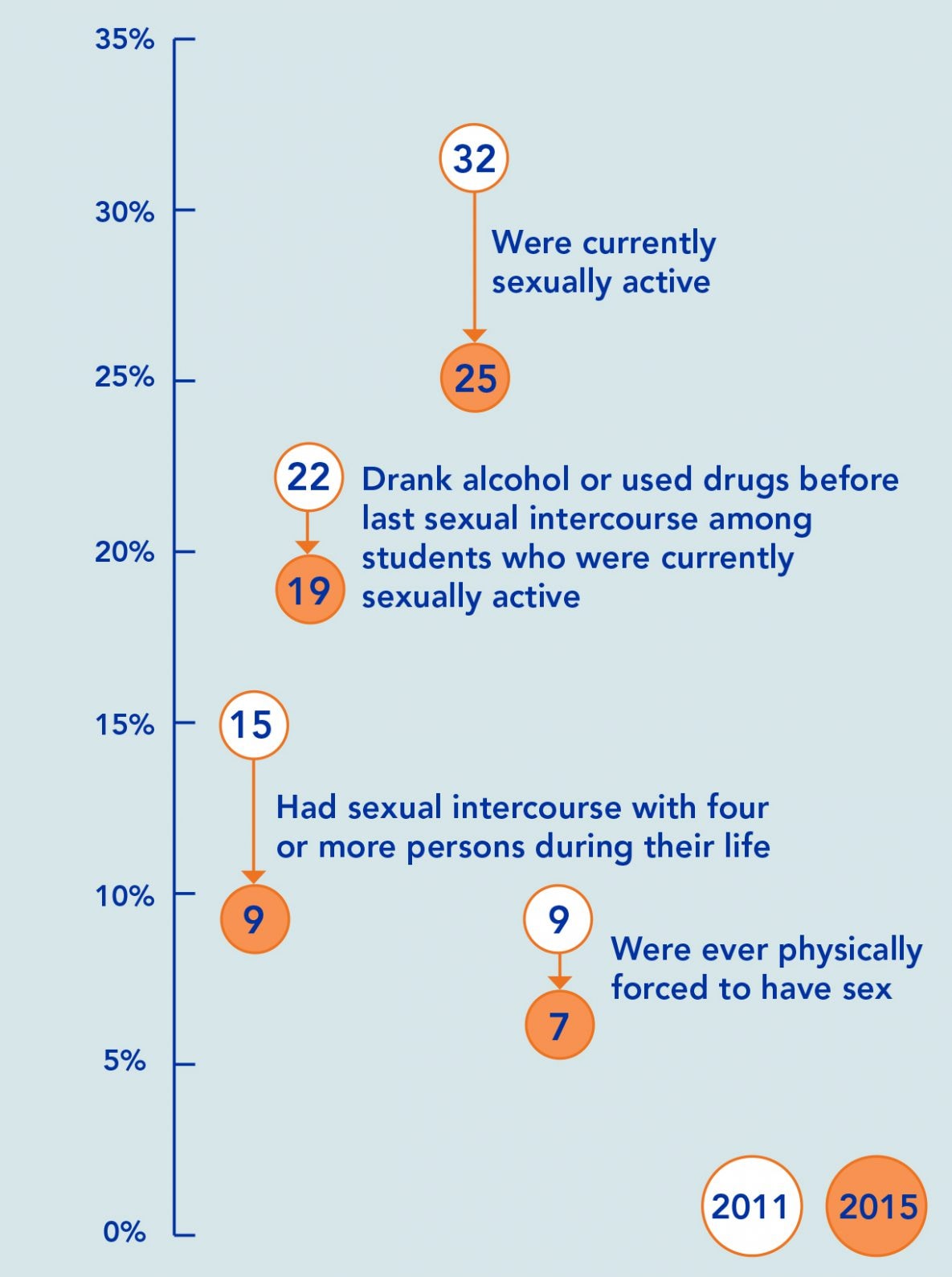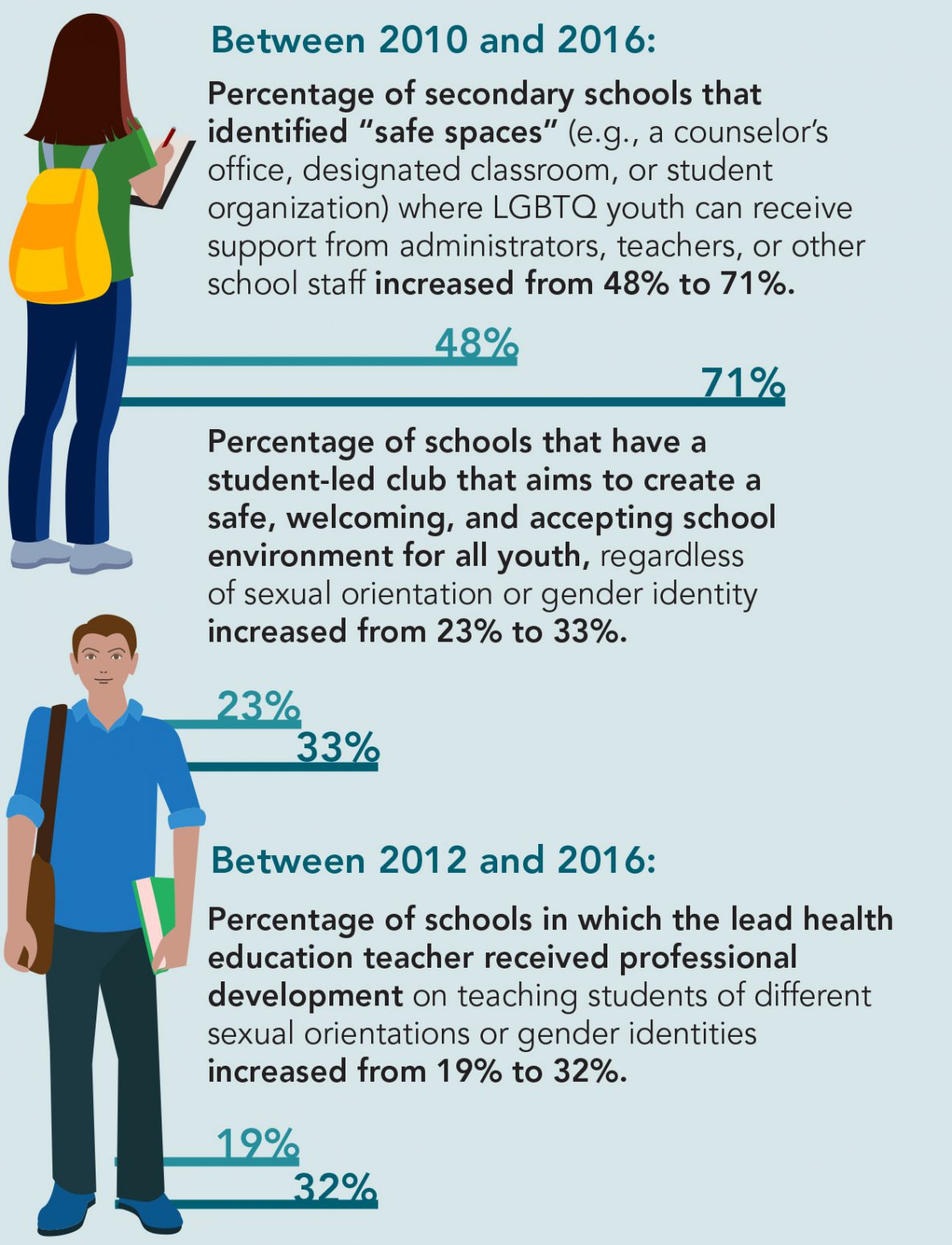New Mexico Schools the Impact of Required Health Education
Sexual health education has an important role in student health
Youth aged 15−24 make up about one quarter of the sexually active population, but account for half of the 20 million new sexually transmitted diseases (STDs) that occur in the United States each year.1 Pregnancy and birth are significant contributors to high school dropout rates among girls.
Only 50% of women who give birth as a teen receive a high school diploma by age 22, but almost 90% who do not give birth as a teen graduate from high school.2
These data point to the need to educate youth about health and skills to avoid becoming pregnant or infected with HIV or STDs.
Effective policy change responds to parent and student input
Recognizing the need, in 2009 the State Legislature charged the New Mexico Public Education Department (NMPED) with surveying parents, students, post-secondary students, school administrators, and school health providers to gauge their interest in mandating health education as a high school graduation requirement. They found overwhelming support.

As a result, in 2010 NMPED added health education as a requirement for graduation beginning with students entering 8th grade in the 2012−2013 school year.
Each school district submitted an implementation plan, including the grade in which health education would be required and how the course would align with NMPED’s standards. School districts and charter schools were also required to include an opt-out policy for parents not wanting their child to receive sexual health education. NMPED helped educators by providing statewide training, resulting in a stand-alone health education course.
Strengthening health education—with topics on healthy sexual behaviors
To ensure students’ success in learning the skills and knowledge required for graduation, NMPED requires students who fail health education to repeat the course successfully to graduate. To further strengthen health education, some districts extended graduation requirements beyond one course.
The percentage of schools in which students take two or more required health education courses has nearly doubled since 2012 (12% v. 23%).3 NMPED continues its efforts to educate teachers, administrators, and district leadership and ensure they strengthen implementation of the health education graduation requirement.
Making an impact on student health
Mandatory health education has contributed to increased training in healthy sexual behaviors and decreased risk for STDs and other social, emotional, and physical risks.


- CDC. Sexually transmitted diseases: adolescents and young adults. Accessed June 30, 2017.
- Perper K, Peterson K, Manlove J. Diploma attainment among teen mothers. Child Trends 2010, Fact Sheet. Publication #2010-01: Washington, DC.
- Brener ND, Demissie Z, McManus T, Shanklin SL, Queen B, Kann L. School health profiles 2016: characteristics of health programs among secondary schools. Atlanta: Centers for Disease Control and Prevention; 2017.
- CDC. 1991-2015 High School Youth Risk Behavior Survey Data. Accessed February 16, 2018.